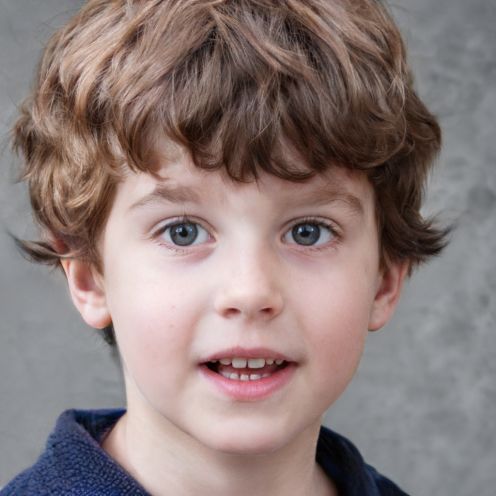What happens when you bath with milk?
Milk can make your skin feel softer and smoother because fats in the milk cling to the skin. Bathing in milk can also give light, gentle exfoliation. Milk, especially soured milk like buttermilk, contains lactic acid. Lactic acid is an alpha hydroxy acid commonly used in skin care products and cosmeceuticals.
Do salt baths dehydrate you?
Dehydration: When you have water with high salt content in it, it will soak some of the moisture out of your skin, which can have a dehydrating effect on the body. Taking long baths or daily Epsom salt baths can cause mild dehydration, so it is best to limit your baths to two to three times per week. What does a candle symbolize? The candle symbolizes light in the darkness of life especially individual life, illlumination; it is the symbol of holy illumination of the spirit of truth.
Why do candles flicker when there is no wind?
However, there are two main reasons why candles flicker even when there is no wind! The wick is too long. There are impurities in the candle wax. Why is my candle flame dancing? Any bursts of air that cause your candle flame to dance around also cause your wick to use fuel at an inconsistent pace. The wick is drawing oil from the candle wax as fuel, and a buildup is created within the wick. Bursts of air cause the flame to burn less oil than the wick is taking in.
Why do candle flames move?
When a candle burns, the flame heats the nearby air and starts to rise. As this warm air moves up, cooler air and oxygen rush in at the bottom of the flame to replace it. This creates a continual cycle of upward moving air around the flame (a convection current), which gives the flame its elongated or teardrop shape.
Similar articles
- Can you bathe in milk?
Fats in the milk cling to the skin and make it feel softer. You will notice that your skin is silky, but not oily. Light, gentle exfoliation can be achieved by bathing in milk. Lactic acid is used in skin care products.
- How do you make milk Botw?
Breath of the Wil. Fresh Milk can be purchased at the East Wind in Hateno Village. They can be purchased from the travelling merchants. Fresh Milk will restore half of a Heart to Link's Life Gauge.
- Why do Indian people bathe in milk?
Milk and butter are believed to have purifying qualities and are used in lamps for rituals.
- Does ox give milk?
- Who bathes milk?
- What animal has blue milk?
- Can Buddhist drink milk?
 Deechristophermagic
Deechristophermagic
